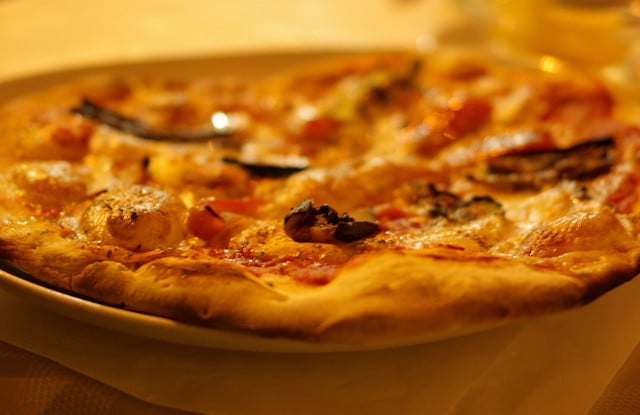Writers of the guide noted that “pizza is having a moment”, with more and more millennials turning to the traditional craft and excelling in pizza-making.
- The words and phrases you need to know to decipher Italian restaurant menus
- The 'World's Best Gelato' has been crowned after a three-year contest
- Serving frozen food without telling customers is fraud, rules Italy's top court
Across the country, 54 pizzerias were awarded with the prestigious 'Tre Spicchi' (Three slices) distinction, including 12 new entries, while a further ten were honoured with the 'Tre Rotelle' award for the best deep-dish pizza.
The map below points you in the direction of all the eateries given a 'Tre Spicchi' award for Neapolitan or Italian pizza.
Perhaps unsurprisingly, Campania – the home of pizza – had the most award-winning pizzerias, followed by Tuscany and Lazio, though the latter took home the most prizes for deep-dish pizza which is particularly popular in the Italian capital.
Prizes were awarded for outstanding pizza-making in specific categories.
The best dessert pizza (yes, it's Italy, of course dessert pizza is a thing) can be found in Pepe e Grani, Caserta, where the chefs top pizza dough with apricots, lemon-flavoured ricotta, hazelnuts and mint.
- This map shows where to find the best desserts in Italy
- Italy's best pizza is made in a rehab centre
- Italian airport waives liquids limit for hand luggage – but only for pesto
For those with smaller appetites, Brisa Forno in student city Bologna won the prize for best pizza al taglio (pizza served by the slice), and the best wine and beer offered by a pizzeria is at Gusto Madre in Cuneo, the judges said.
The Gambero Rosso also acknowledged the growth of Italy's gluten-free sector, with the country's tastiest gluten-free pizza at Pizzeria Mezzometro in Senigallia.
READ ALSO: Italy wants a new law to protect the art of pizza-making




 Please whitelist us to continue reading.
Please whitelist us to continue reading.